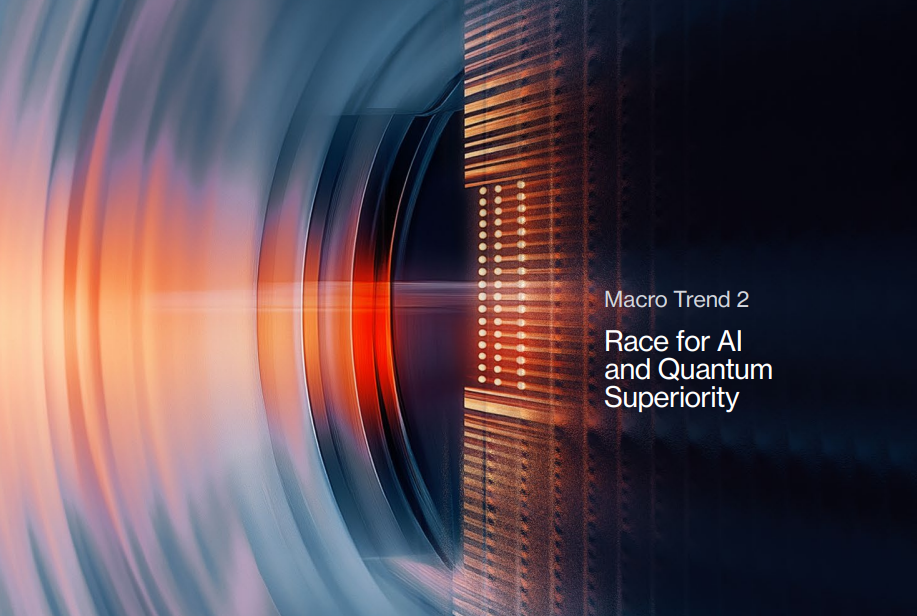NATO Invests in AI and Quantum Research
Although NATO’s Science and Technology Organization (STO) explores various topics, one of its key areas of focus is artificial intelligence (AI) and quantum superiority, with specific research projects currently underway.
Speaking on this was Capt. Salvatore Calabro, Italian Navy Science and Technology Advice branch head, Office of the Chief Scientist, NATO. Calabro took the stage on the second day of TechNet International 2025, held in Brussels, Belgium.
Calabro shared with the audience the latest trends report his office released in April. The document, which looks at trends impacting technology from 2025 to 2045, “analyses links between emerging and disruptive [science and technology] areas and their macro-economic, geopolitical and societal effects and enablers,” the introduction reads.
While there is still skepticism about embracing AI, Calabro stated that the necessity for integrating its capabilities into systems is already here.
For example, AI-enabled sensors can help detect camouflage, concealment and deception.
Additionally, virtual reality can help in training effectiveness to improve situational awareness, mission planning and analysis, he said. “AI tools can enhance military planning capabilities without replacing military planners,” Calabro added. This study was launched in January to look at “extended reality for distributed planning, analysis and exploitation of 3D geospatial data,” he stated in his presentation.
AI can also help enable more reliable vehicle design processes. “We can have self-design with machine learning, starting from the concept of the new platforms, preliminary design, to the detailed design,” he explained.
Calabro then discussed the STO’s work in quantum research, noting the challenges the emerging technology brings.
“We think that quantum is a fancy thing, but we need to consider that quantum computing will have complications in terms of using it and implementing it,” he began.
“We are trying to enhance the technologies that will give us quantum computing [quicker],” he continued.
Calabro’s presentation shared examples of quantum research projects the STO has explored, which included:
- Investigations of military applications of quantum computing
- Assessment of quantum-based radio frequency and electromagnetic sensing potential for military applications
- Multidomain quantum key distribution for military usage
- Military quantum internet
- Quantum-aided design for military applications
Calabro also talked about work taking place at the STO’s Centre for Maritime Research and Experimentation, or CMRE, which gives scientists from NATO nations opportunities to work in a collaborative environment.
Just last June, a NATO newsletter announced the establishment of the first NATO Quantum Laboratory, “dedicated to conducting edge research activities at the intersection between quantum science and technology and maritime/underwater applications.”
Calabro mentioned a couple of research examples, including a multidomain sensor that involved a quantum sensor, as well as an AI-enabled software tool that helps detect suspicious behaviors at sea.
TechNet International is organized by AFCEA Europe, AFCEA International's European office. SIGNAL Media is the official media of AFCEA International.





Comments